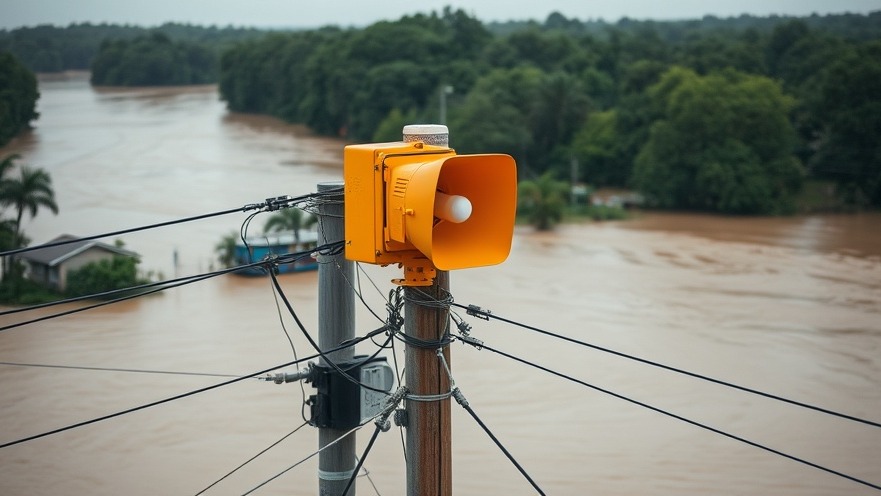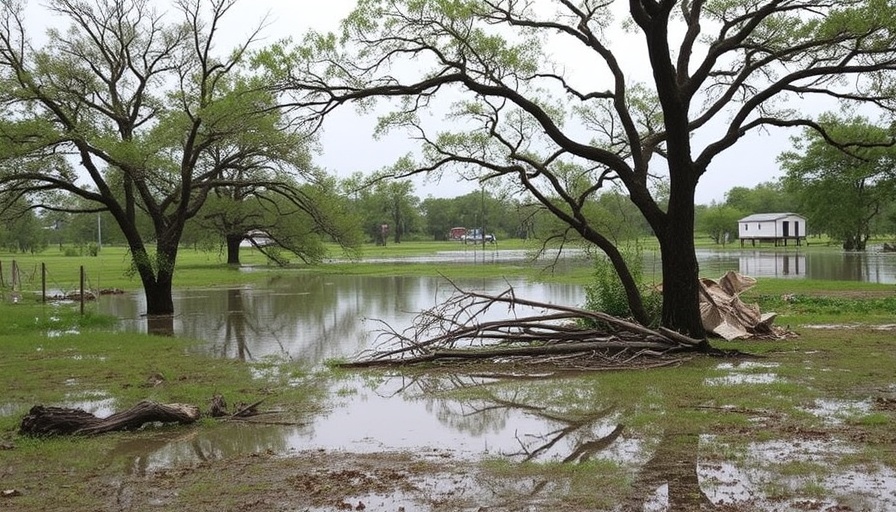
Fatal Deluge: The Tragic Texas Floods
In a heartbreaking development, Texas has been struck by devastating floods that have claimed over 50 lives, including a dedicated summer camp director and a young student from Alabama. This tragedy not only marks a dark day for those directly affected but also highlights the broader issue of increasingly severe weather events that communities across the United States are facing.
A Day of Mourning
The list of victims includes Jane Ragsdale, a 68-year-old camp director of the Heart O’the Hills Camp, who had spent decades shaping the lives of young girls through her love for the outdoors. The camp, nestled in the Hill Country, has been a sanctuary of learning and joy since the 1950s. Ragsdale’s commitment to her campers was apparent — the camp described her as its “guiding light,” a tribute that resonates deeply amidst this crisis.
Among the deceased was also an elementary school student from Alabama who was away from home, further emphasizing the tragedy felt by families separated by distance while tragedy struck. With 15 of the confirmed casualties being children, this flood undeniably has far-reaching emotional impacts on family and friends.
The Nature of the Flood
The floods originated from fast-moving waters on the Guadalupe River, which surged due to a combination of heavy rainfall and sudden changes in weather patterns that scientists have linked to climate change. As authorities conduct search and rescue operations, many individuals remain missing, primarily from the summer camp that has become a focal point in the aftermath.
Emergency Response and Community Resilience
As numerous families await news about their loved ones, the response from local authorities has been swift. Search teams are combing through the debris-laden areas in hopes of saving anyone who may still be stranded. The devastation to local infrastructure presents long-term challenges. Communities are left not only mourning but also navigating the increasingly volatile environment that requires resilience and cooperation among neighbors.
The Broader Picture: Climate Change and Extreme Weather
This incident sparks an important dialogue on climate change and its incursion into everyday lives. Experts are increasingly pointing to the correlation between human-induced climate change and the frequency and intensity of flooding. As a society, understanding and mitigating these risks is crucial — a need that is echoed by local leaders who are likely to advocate for stronger infrastructure and community preparedness in the face of future weather-related disasters.
A Call for Support
As survivors and families of victims navigate immediate grief and hardship, community support becomes imperative. Donations to local shelters, churches, and community organizations can provide the necessary resources for those impacted. Reconstructing lives takes time, and every act of kindness is a stepping stone towards recovery.
Conclusion: Standing Together in Crisis
This ongoing situation is a poignant reminder of the fragility of life and the strength of community. As we reflect on those we've lost, let us also focus on how we can assist each other in rebuilding. Each small action contributes to the larger picture of healing and togetherness. Our thoughts remain with the families grappling with loss, and it is imperative we support initiatives aimed at disaster response and climate resilience. Together, we can hope to mitigate the effects of such tragedies in the future.
 Add Element
Add Element  Add Row
Add Row 



 Add Row
Add Row  Add
Add 


Write A Comment